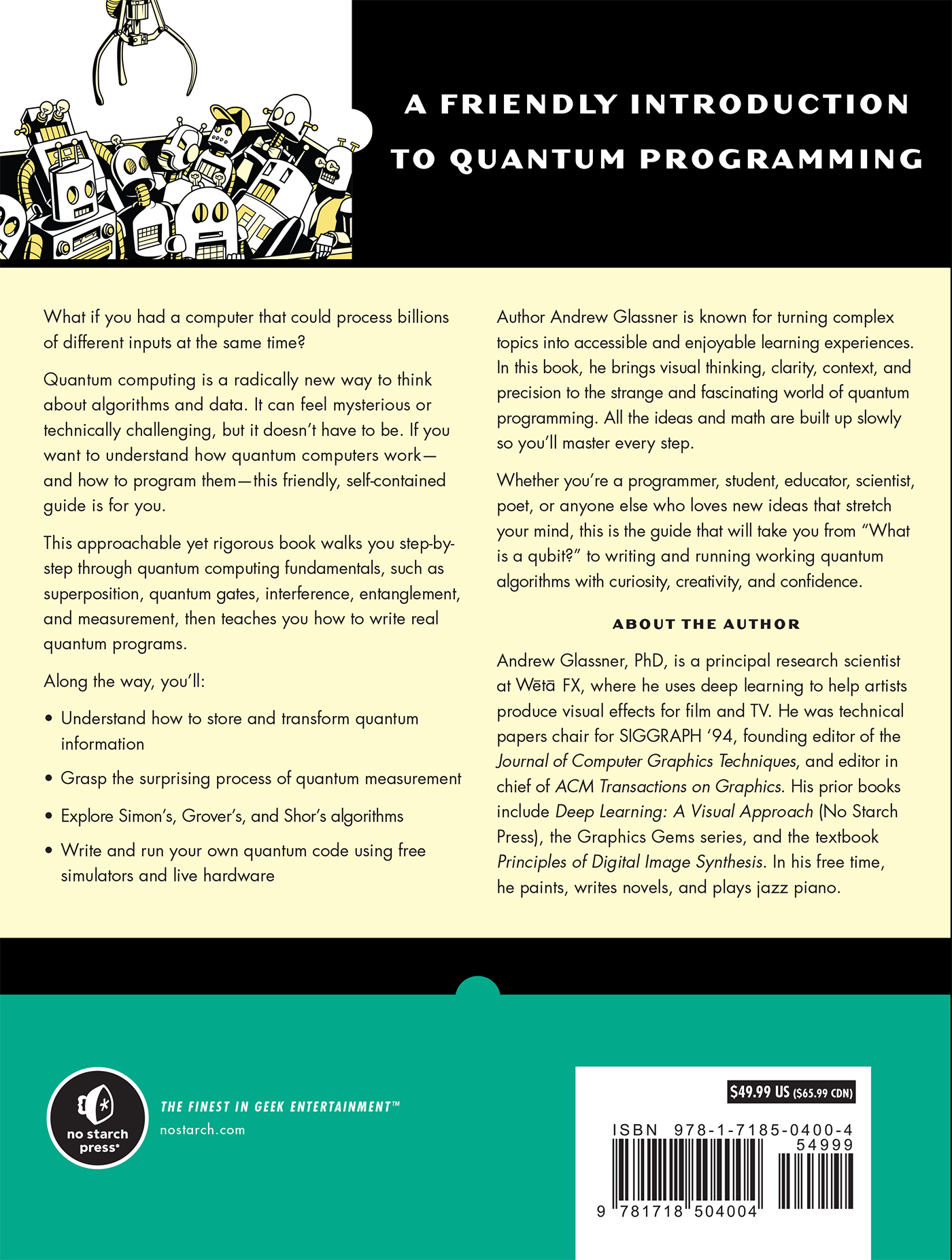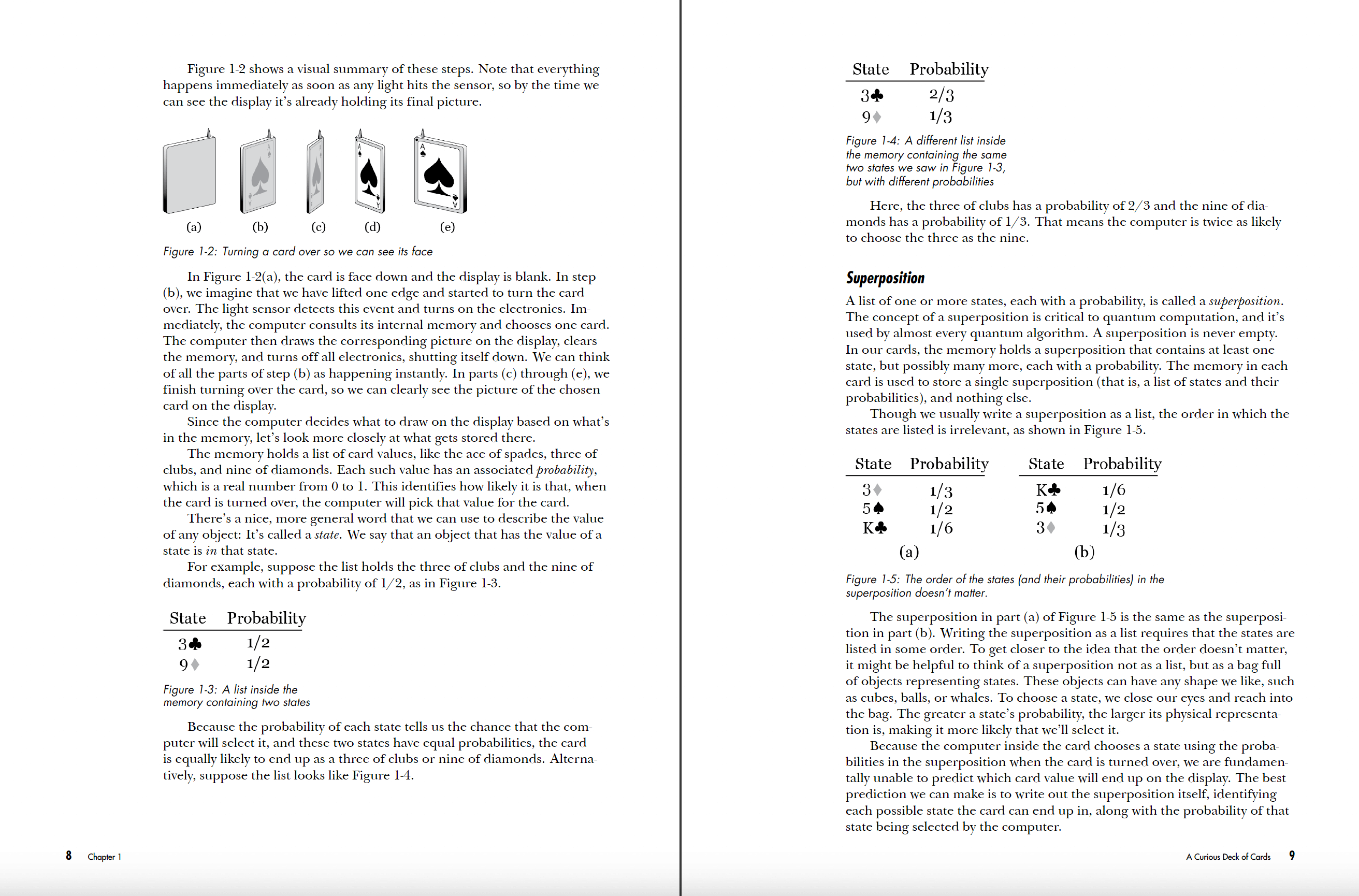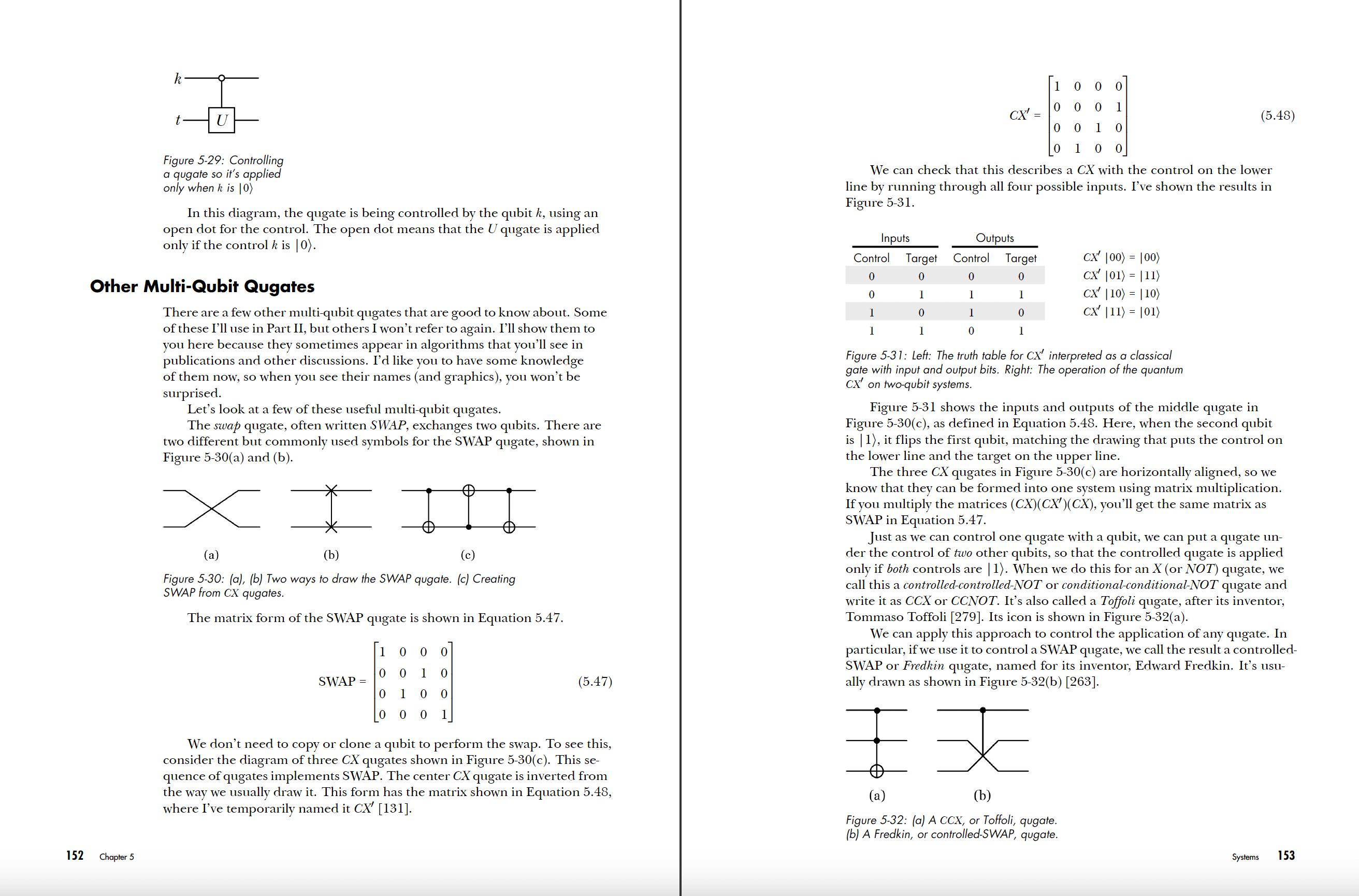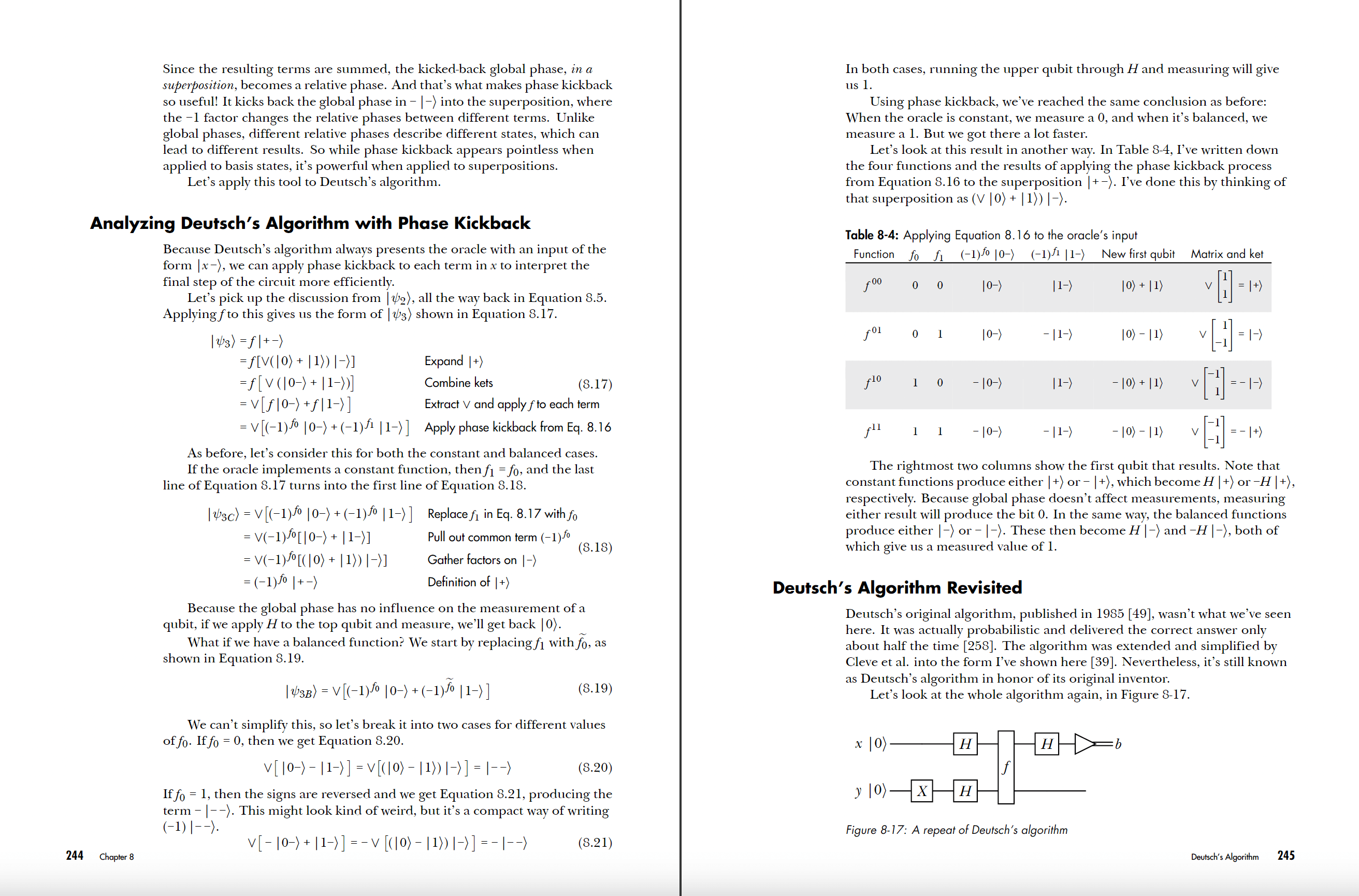Download Chapter 7: Teleportation
Look Inside!
What if you had a computer that could process billions of different inputs at the same time?
Quantum computing is a radically new way to think about algorithms and data. It can feel mysterious or technically challenging, but it doesn’t have to be. If you want to understand how quantum computers work—and how to program them—this friendly, self-contained guide is for you.
This approachable yet rigorous book walks you step-by-step through quantum computing fundamentals, such as superposition, quantum gates, interference, entanglement, and measurement, then teaches you how to write real quantum programs.
Along the way, you’ll:
- Understand how to store and transform quantum information
- Grasp the surprising process of quantum measurement
- Explore Simon’s, Grover’s, and Shor’s algorithms
- Write and run your own quantum code using free simulators and live hardware
Author Andrew Glassner is known for turning complex topics into accessible and enjoyable learning experiences. In this book, he brings visual thinking, clarity, context, and precision to the strange and fascinating world of quantum programming. All the ideas and math are built up slowly so you’ll master every step.
Whether you’re a programmer, student, educator, scientist, poet, or anyone else who loves new ideas that stretch your mind, this is the guide that will take you from “What is a qubit?” to writing and running working quantum algorithms with curiosity, creativity, and confidence.





